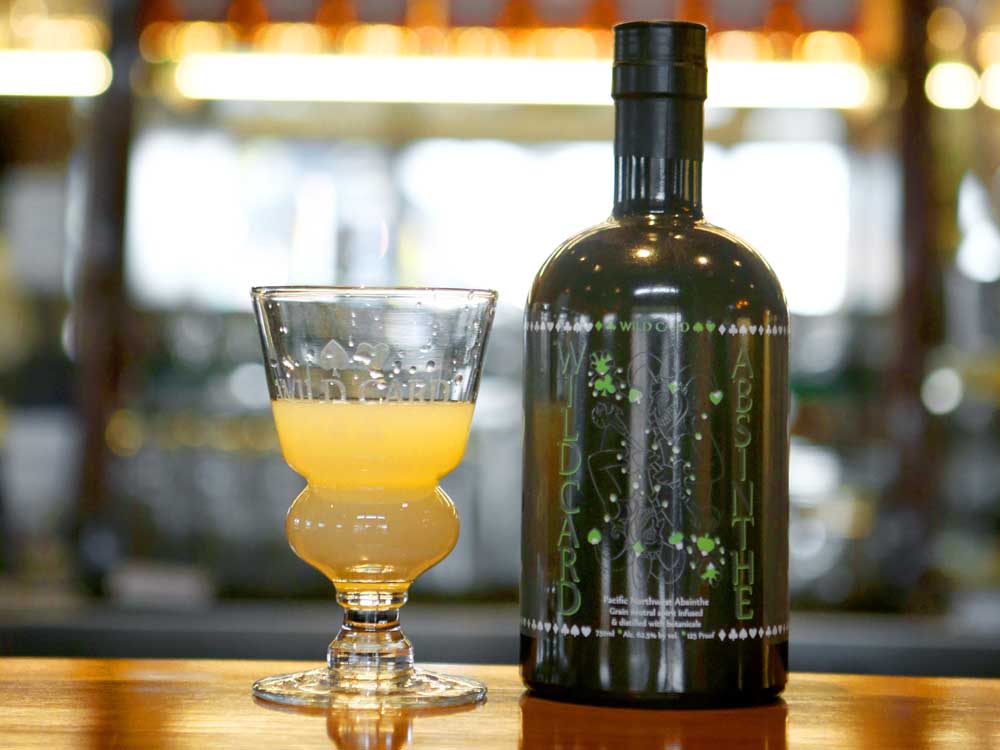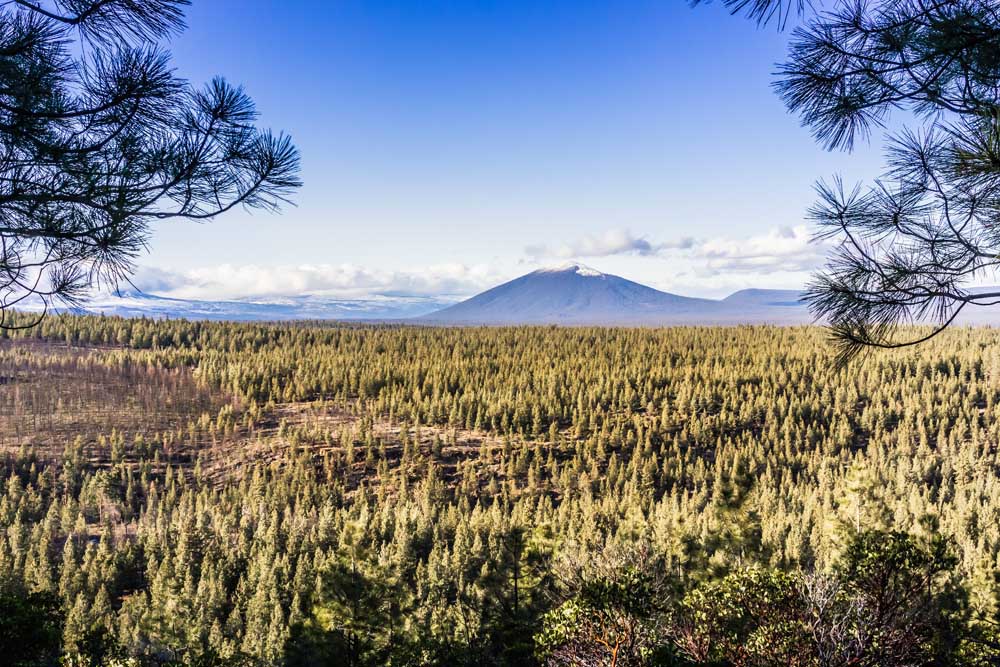The absinthe allure
Published 12:00 am Friday, October 30, 2015

- Jarod Opperman / The BulletinWild Card Absinthe is made in Bend by Oregon Spirit Distillers.
We’ve all heard of Prohibition. We associate it with the ’20s, flappers and “The Great Gatsby.” What most of us don’t know is that one liquor, absinthe, was prohibited for a whopping 95 years. Absinthe was banned from almost every country in the world, due to its supposed hallucinogenic properties.
A little history
“Of all the spirits, (absinthe) has the most interesting history, which is fascinating to me,” said Brad Irwin, owner and head distiller of Oregon Spirit Distillers in Bend. “It’s full of turmoil.”
Absinthe soared to popularity during the 1860s when the parasite Phylloxera spread across Europe and ruined the country’s grape crop, making wine unobtainable. When the wine industry finally recovered, everyone was drinking absinthe.
“The banning (of absinthe) was a result from the wine industry wanting people to go back to drinking wine,” Irwin said. People used to believe a chemical compound, thujone, found in wormwood, would make you hallucinate and go crazy. Studies later discovered that the small concentration of thujone in absinthe had no affect on the people who drank it. It was prohibited in the United States from 1912 until 2007, when the French brand Lucid became the first to be imported. Local distilling took off from there, with four distilleries in Oregon making their own versions, and one in Hood River that now represents Lucid.
The local wild card
Oregon Spirit Distillers began making its Wild Card Absinthe in 2012, and has since brought it to many competitions, including the San Francisco World Spirits Competition, where it’s won silver medals three years in a row. It has also brought home awards from the American Distilling Institute Eighth Annual Judging of Craft American Spirits and the American Craft Distillers Association Craft Spirits Competition.
In order for the spirit to be true absinthe, it must contain wormwood, anise and fennel. Oregon Spirit Distillers sources its anise and fennel from India, and its wormwood from Jacksonville, Wyoming. This year its absinthe will also feature locally grown wormwood from Central Oregon. In addition to the required botanicals, Oregon Spirit Distillers also uses cardamom, melissa and hyssop. The botanicals are soaked with the alcohol before the distillation process, which gives the spirit its unique muted green color.
Irwin shared that in craft distilled absinthe the color is natural and comes from the chlorophyll in the herbs.
“The alcohol extracts it and holds it,” Irwin said. “It’s why the bottle itself is usually black or dark glass, because the light would break down the chlorophyll.”
Traditional serving
Because absinthe contains such a high proof, it is rarely served neat. Most absinthe comes in over 100 proof, with Wild Card at 125, according to Irwin.
At 10 Below in The Oxford Hotel, they take pride in serving absinthe the classic way. A traditional method of serving it is with a fountain, a “pontarlier” — a special glass named after the French town in which absinthe was produced — and a special slotted spoon.
“We soak sugar cubes in Bacardi 151, and light them on fire, which brûlées the alcohol out,” said Kirsten Chopen, the food and beverage manager at The Oxford Hotel. The fountain, which holds ice water, then slowly drips through the sugar cube and the slotted spoon into the absinthe, slowly changing the flavor.
“I always encourage everyone to taste it along the way,” said Chopen. “The flavor changes as the water goes through.”
10 Below serves five different brands of absinthe: two from the U.S., including Oregon Spirit Distillers, two French and one from Switzerland.
Chopen says it’s a very popular drink that people come specifically to have, but others are also intrigued by the show. “The flaming presentation and water tower creates a little bit of a buzz,” said Chopen.
Alternate ideas
Bonta Gelato and Oregon Spirit Distillers teamed up to create an absinthe and chocolate gelato, which is served at the distillery. “It’s the best thing we’ve ever done with absinthe,” said Irwin. Moonstruck Chocolate Co., of Portland, also uses it in a Wild Card Absinthe Truffle.
Marcus Egge, bar manager at 900 Wall in Bend, also uses absinthe in alternate ways, rather than serving it with its usual ritual. In creating the classic New Orleans whiskey cocktail, a “Sazerac,” Egge uses the absinthe as a rinse instead of a primary ingredient. He also uses absinthe in the place of chartreuse, another liquor, in the prohibition era cocktail “The Last Word.”
Brad Irwin speaks on enjoying a traditional glass, saying that it usually lasts him a couple of hours. He enjoys the aroma, claiming that it’s “just as fun to smell the aroma as it is to drink.”
With a strong anise flavor, people typically either love it or hate it.
“I was drawn to it anyway, even though I’m a whiskey maker, because the flavor profile is fantastic,” Irwin said.
— Reporter: 541-383-0351; swilkins@bendbulletin.com






